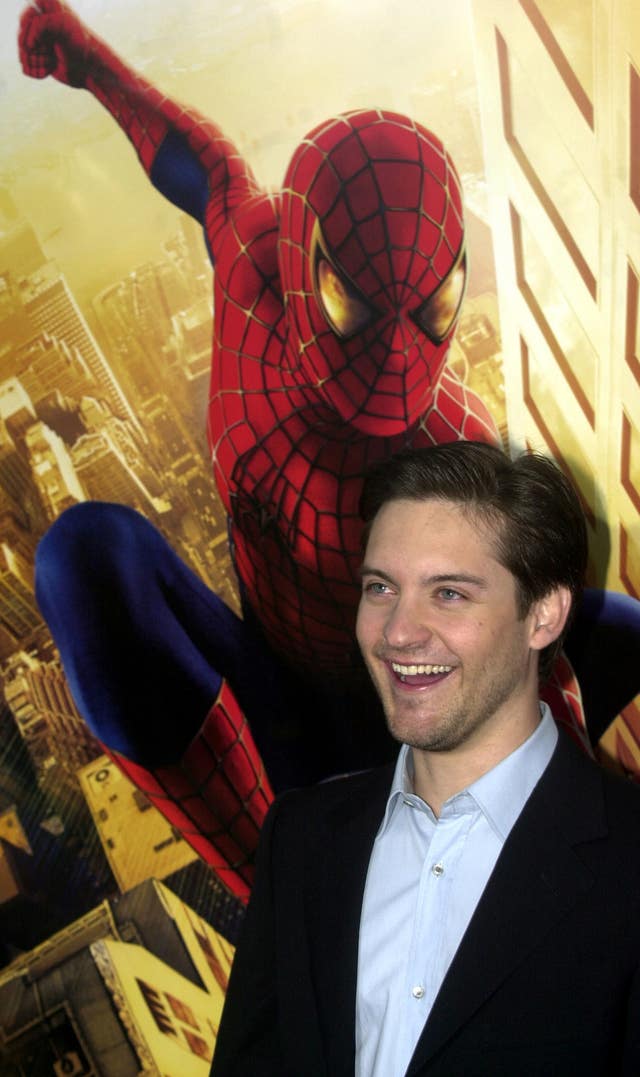The news that Sony and Marvel Studios boss Kevin Feige will no longer work together on future Spider-Man films has thrown Peter Parker’s future into question.
What has happened?
Spider-Man is a Marvel comic book character but movie studio Sony Pictures owns the film rights for the superhero.
Since buying the rights in 1999 Sony has made a string of films about the webslinger, three starring Tobey Maguire and two with Andrew Garfield.

In 2008 the first Iron Man film was the first instalment in the Marvel Cinematic Universe (MCU) and signalled the beginning of the current dominance of superheroes on the big screen.
In 2015 the Sony struck a deal with Disney, which owns Marvel Studios, to bring Peter Parker into the MCU and in 2016 Tom Holland made his debut in the red suit in the Marvel film Captain America: Civil War.
The deal meant Disney would co-produce and share profits from films featuring Spider-Man and characters could cross over, allowing Iron Man and Pepper Potts to appear in Sony films.
Much of today’s news about Spider-Man has mischaracterized recent discussions about Kevin Feige’s involvement in the franchise. We are disappointed, but respect Disney’s decision not to have him continue as a lead producer of our next live action Spider-Man film. (1/3)
— Sony Pictures (@SonyPictures) August 21, 2019
Marvel Studios president Kevin Feige has taken a key creative role in the last two standalone Spider-Man films, Homecoming and Far From Home, and has successfully integrated the webslinger into the MCU, with the character playing a key role in Avengers films Infinity War and Endgame.
Now Spider-Man’s future in Marvel’s cinematic output is in doubt after reports that Sony and Disney, which owns Marvel, have failed to come to a suitable financial agreement for future movies.
Kevin is terrific and we are grateful for his help and guidance and appreciate the path he has helped put us on, which we will continue. (3/3)
— Sony Pictures (@SonyPictures) August 21, 2019
In a rare public statement shared on Twitter, Sony Pictures said it “respects” Disney’s decision not to allow Feige to take such a big role in a franchise it does not own, and hinted that a deal could be done further down the line.
What does this mean for the MCU?
This remains to be seen but Marvel has made Spider-Man a key part of its output and his absence would be significant.
Holland’s Spider-Man is hugely popular with franchise fans and he played a significant role in Infinity War.
His death at the end of that film was then a key motivator for Tony Stark’s actions in Endgame.
He ultimately sacrificed himself to bring back all the lost characters, including Parker.
Far From Home made frequent references to those events but it is possible that future Spider-Man movies will not and instead will feature crossovers with other Sony properties such as Tom Hardy’s Venom or Jared Leto’s Morbius instead.
Disney’s acquisition of Fox, which owns the rights to Fantastic Four and X-Men, means Marvel could possibly replace Spider-Man with those characters instead.
